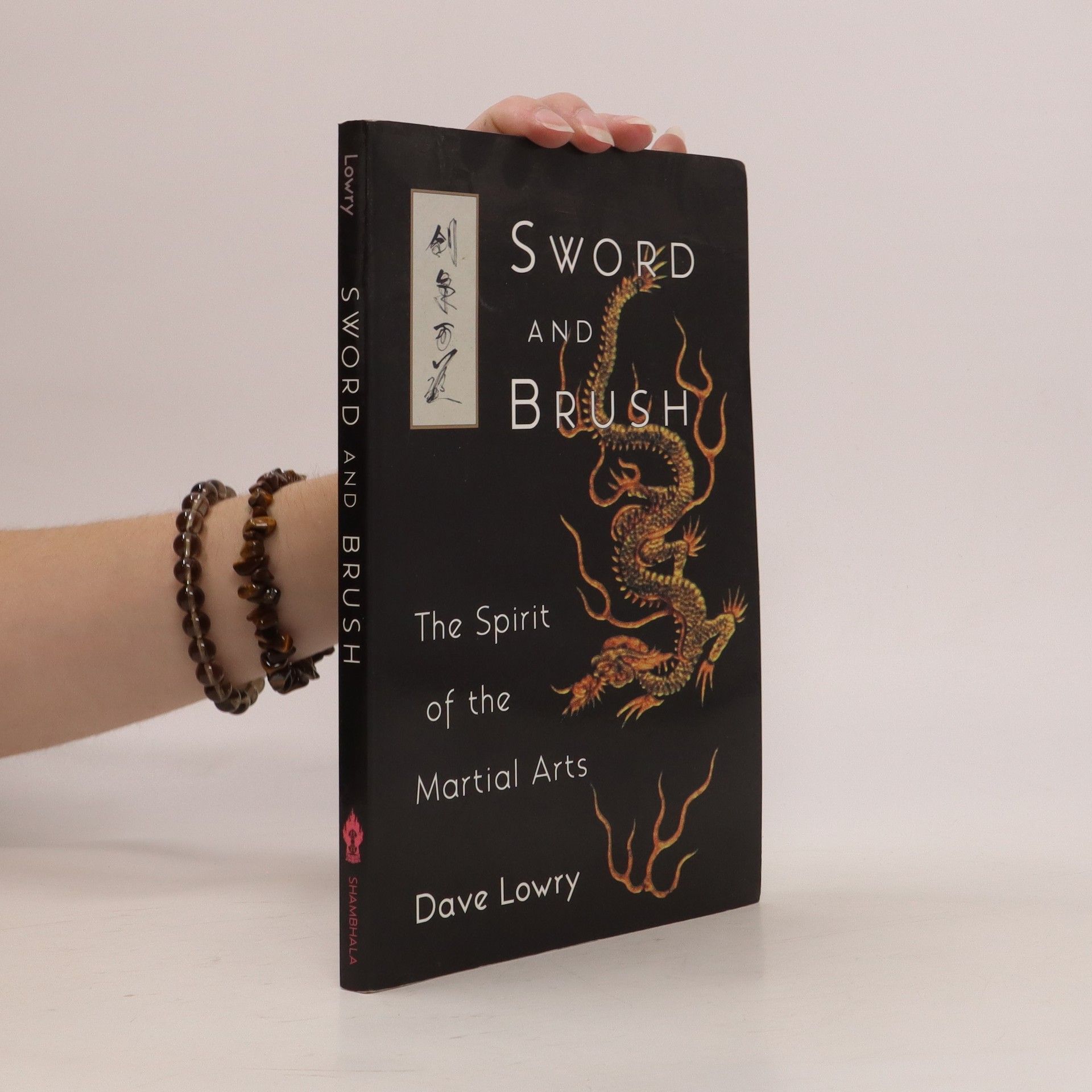This moment of perfect clarity that is the force behind all the traditional Japanese arts—from archery to flower arranging—is celebrated here in Dave Lowry's exploration of the common principles shared by calligraphy and the martial arts.Forty-two examples of Lowry's calligraphy, accompanied by his essays, show how the way of the brush reflects the strategic principles of the way of the sword. Each calligraphy represents a term from the martial arts—such as do, the way, or wa, harmony. The accompanying text amplifies our understanding of the term, what it meant to Japanese warriors, and what it means to practitioners of calligraphy and the martial arts today. What becomes clear is that these two seemingly unrelated disciplines actually partake of the same profound elemental spirit.
Dave Lowry Libros
